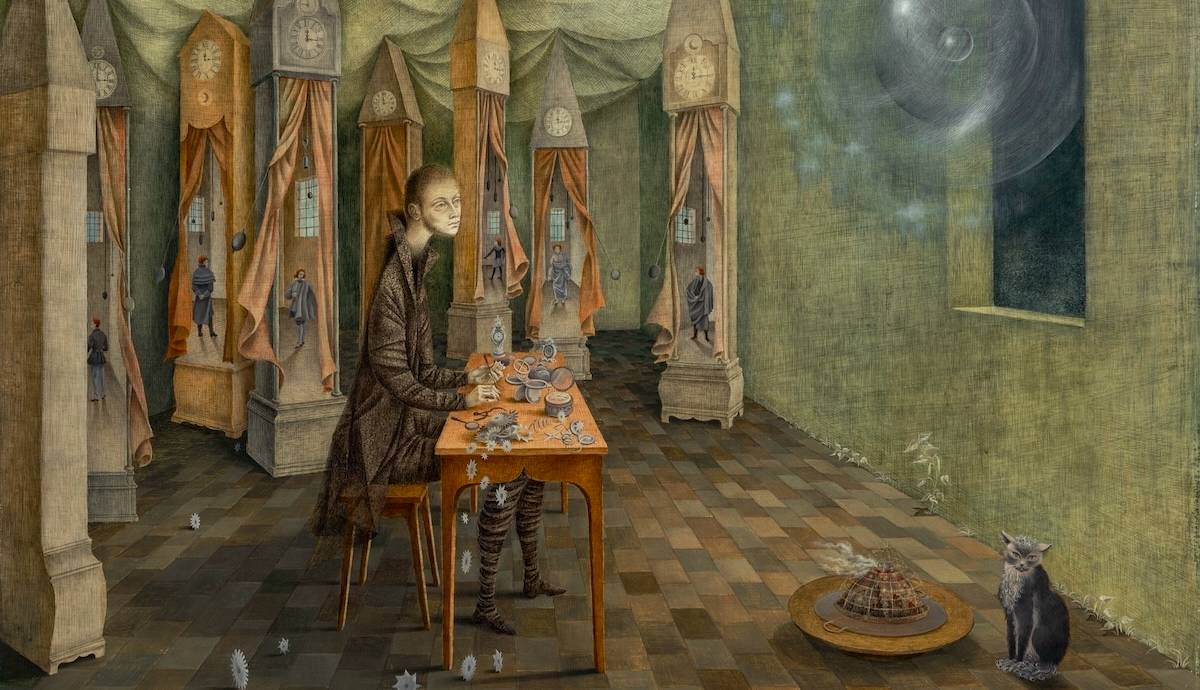
The new temporary exhibition “Glorious Victories. Between Myth and History” of the National Archaeological Museum in Athens, Greece, is celebrating the 2,500 years since the battle of Salamis and the battle of Thermopylae.
The Exhibition features exhibits from multiple Greek archaeological museums and a special loan from the Archaeological Museum of Ostia in Italy. The displayed objects focus on the spectator’s emotions and experiences, as well as the ideological impact of the battles on ancient Greek society.
According to the museum’s website, the exhibition attempts to remain close to the testimonies of ancient writers. It also aims to avoid the stereotypes associated with the battles that fashioned Classical Greece.
“Glorious Victories. Between Myth and History” will run until February 28, 2021.
The Battle Of Thermopylae And The Battle Of Salamis

In 480 BC the Persian Empire under King Xerxes I invaded Greece for the second time since 490 BC. At the time, the geographic area of Greece was ruled by numerous city-states. Some of these formed an alliance to defend against the Persians.
The Greeks first attempted to stall the invaders at the narrow passage of Thermopylae. There, a small force under Spartan King Leonidas held off the grand Persian army for three days before getting outflanked.
Contrary to popular belief and Hollywood, it was not only 300 Spartans that fought in Thermopylae. In reality, next to the famous 300, we should imagine another 700 Thespians and 400 Thebans.
When the news about the defeat in Thermopylae spread, the allied Greek army took a bold decision; to abandon the city of Athens. The residents retreated to the island of Salamis and the army prepared for a naval battle. As Athens fell prey to the Persians, the Athenians could see the fire raging from the other side of the strait of Salamis.
In the ensuing naval battle of Salamis, the Athenian fleet crushed the Persians and retook Athens. The Athenians won mainly thanks to the plan of Themistocles. The Athenian general successfully lured the large and heavy Persian ships into the narrow strait of Salamis. There, the small but easily maneuverable Athenian triremes won the historic battle.
The Persian invasion came to a close a year later at the battle of Plataea and Mycale.
The Exhibition at the National Archaeological Museum

“Glorious Victories. Between Myth and History” promises a unique take on the Greco-Persian Wars. According to the National Archaeological Museum in Athens:
“The museological narrative tries to remain close to the descriptions of the ancient writers, without following the stereotypes of the historical representations of the battles. The choice of the ancient works that are directly or indirectly associated with the period, focuses on the sentiment of the spectator, the imagination and mainly the memories that emerge about the moments that people lived through back then.”
The exhibition is part of the celebrations for the 2,500 years since the battle of Thermopylae and the battle of Salamis. According to the Greek Culture Ministry, a series of events including theatrical plays, exhibitions, and talks are part of the celebrations.
Next to the display of historical material evidence, the exhibition also attempts to reconstruct the ideological context of the time. This is accomplished through the display of religious and mythical images of gods and heroes connected to the Greek victory.
The exhibition also explores the impact of the Persian Wars on modern and ancient Greek art. It further considers the concept of Nike (victory) in the ancient world during war and peace.
Visitors can expect an immersive experience with digital projections and other audiovisual material. To get an inside view of the exhibition, you can watch this video.
Highlights Of The Exhibition

The exhibition features 105 ancient works and a model of the Athenian trireme of the 5th century BC. According to the museum, these objects illustrate aspects of the victorious struggle of the Greeks against the Persians.
“Glorious Victories” draws inspiration and material from the rich collections of the National Archaeological Museum in Athens, as well as the Archaeological Museums of Astros, Thebes, Olympia, and the Konstantinos Kotsanas Museum of Ancient Greek Technology.
The exhibition is organized into eight units dealing with different episodes and battles of the Persian Wars. Highlights include material testimonies that reconstruct the military attire of the Greek hoplites and the Persians, the helmet of Miltiades, the arrowheads from Thermopylae, the burned vases from the burning of Athens by the Persians, and more.
Emblematic is also the display of the bust of Themistocles, the protagonist of the battle of Salamis. The sculpture is a Roman copy of an original work of the 5th century BC from the Archaeological Museum of Ostia. The museum documented the arrival of Themistocles in this unboxing video.










